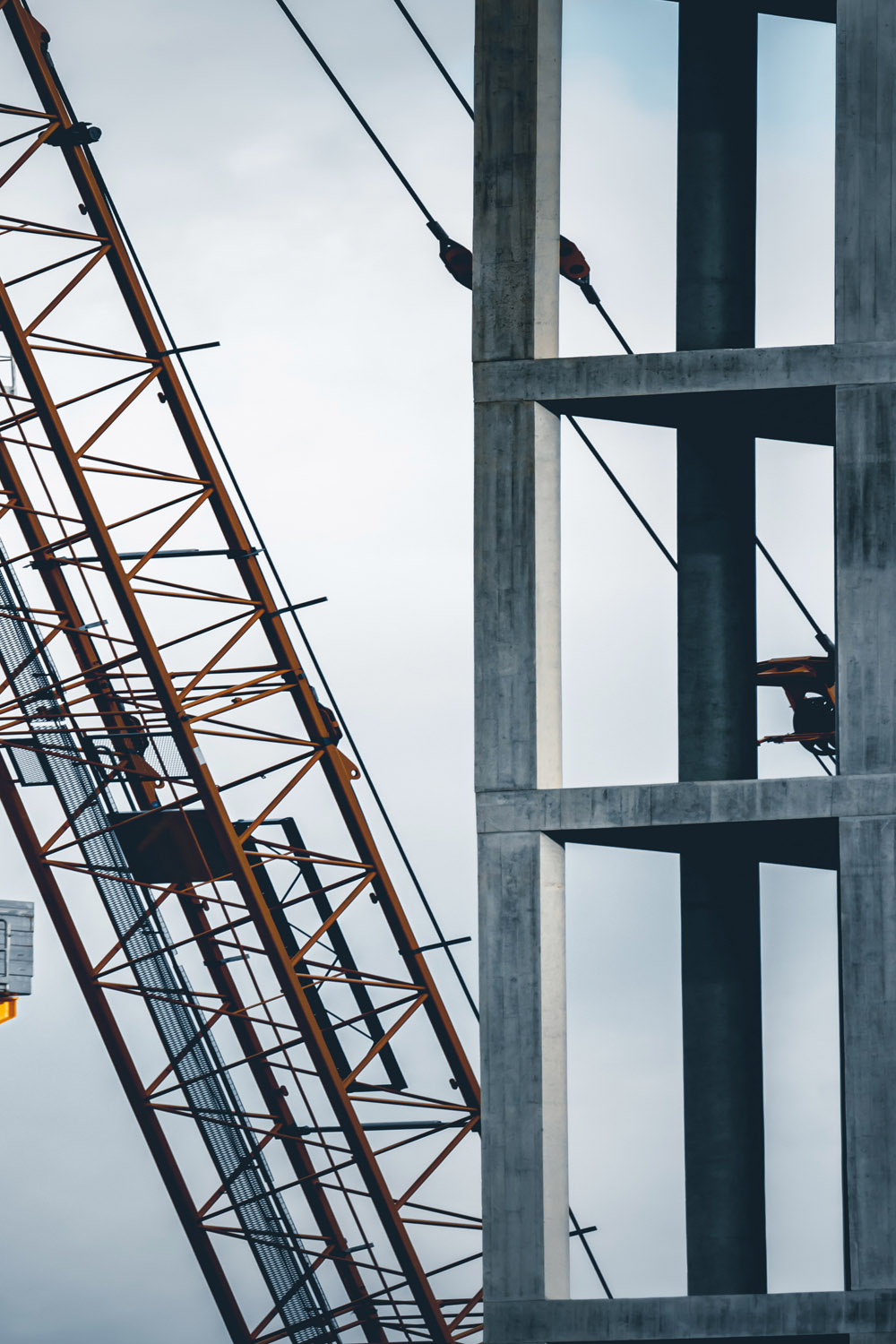Regional RainierGPR Service Areas for Precision Concrete Scanning
Regional RainierGPR Service Areas for Precision Concrete Scanning
Blog Article
Concrete Scanning: An Essential Action Towards Making Certain Architectural Honesty and Safety And Security
In the world of building and construction and framework upkeep, the relevance of concrete scanning can not be overstated. This precise process holds the key to introducing possible risks hidden beneath the surface of relatively solid structures. By using innovative modern technology and techniques, concrete scanning offers as a critical tool in ensuring that the integrity and security of bridges and buildings are supported to the greatest standards. However, beyond its surface-level implications, the duty of concrete scanning prolongs far deeper than meets the eye.
Relevance of Concrete Scanning
Concrete scanning plays a vital role in guaranteeing the architectural honesty and safety of buildings and framework tasks. By utilizing sophisticated modern technologies such as ground-penetrating radar (GPR) and electromagnetic induction, experts can non-destructively evaluate concrete frameworks to spot prospective issues, voids, embedded items, and support format. This process allows very early detection of anomalies that might endanger the stability of a framework, preventing expensive damages and making certain the security of residents.
Prior to drilling, reducing, or coring into concrete, scanning helps recognize the specific places of rebar, post-tension cables, and various other embedded components, minimizing the danger of unintentional hits that might lead to structural weak points. Additionally, concrete scanning help in high quality control by confirming the thickness of concrete covers and spotting any discrepancies that might impact the general sturdiness of the framework.
Modern Technology for Concrete Inspection

Benefits of Early Discovery
Prompt discovery of architectural concerns can considerably reduce dangers and make certain the longevity of building tasks. By identifying potential troubles early on in the construction procedure, stakeholders can take aggressive actions to address concerns prior to they rise right into bigger and extra pricey troubles. Among the vital advantages of very early discovery is the prevention of structural failings, which can posture significant safety and security dangers and cause project hold-ups and economic losses.
Additionally, early detection permits for prompt repair services and maintenance, which can help expand the life-span of the framework. By resolving issues without delay, building and construction teams can stay clear of pricey repair work and even the demand for early substitute of architectural parts. This proactive technique not just saves money and time yet likewise boosts the total safety and security and durability of the building and construction job.
Additionally, very early detection can enhance task planning and decision-making by giving stakeholders with important insights into the problem of the structure. Equipped with this info, task supervisors can make informed options concerning construction materials, timelines, and methods, resulting in more successful and efficient basics project end results.
Making Certain Architectural Stability
Making certain the architectural stability of a building and construction job is paramount to its safety and security and durability. Architectural stability describes the ability of a building or framework to keep its form and function under numerous loads and environmental problems. To accomplish this, comprehensive evaluation and tracking of the framework are essential. Concrete scanning plays a vital role in making sure architectural stability by finding possible concerns such as voids, delamination, or reinforcement deterioration that could jeopardize the honesty of the structure gradually.
By utilizing advanced scanning technologies like ground-penetrating radar (GPR) and electromagnetic induction, construction specialists can non-invasively evaluate concrete frameworks to determine areas of issue underneath the surface area. This aggressive strategy enables the early detection of weak points or issues, enabling prompt repairs or reinforcement to stop architectural failures.
Routine concrete scanning throughout different building phases and throughout the life cycle of a structure can assist keep its stability, reduce threats, and guarantee the security of occupants. By prioritizing structural security through concrete scanning, building and construction tasks can boost their strength and toughness, eventually adding to better safety and long life.
Stopping Critical Failures
To protect versus devastating events, careful monitoring and aggressive maintenance are vital in averting crucial failings within structural structures. Spotting prospective concerns before they intensify is vital to stop architectural failures. Executing regular inspections, such as concrete scanning, can reveal concealed defects like voids, fractures, or deterioration that can jeopardize the stability of a framework. By utilizing sophisticated scanning innovations like Ground Passing hop over to these guys through Radar (GPR) or Concrete X-ray, engineers can non-destructively evaluate the problem of concrete and recognize powerlessness that need support or repair service - RainierGPR Service Areas.

Conclusion
Finally, concrete scanning plays a vital role in making sure structural honesty and safety by using innovative innovation for very early detection of prospective problems. This proactive method aids protect against essential failings and guarantees the security of structures. It is important to prioritize concrete examination as a common method to shield the durability and security of buildings and infrastructure.
Concrete scanning plays an important role in making sure the architectural stability and safety of structures and infrastructure tasks. In addition, concrete scanning help in top quality control by validating the thickness of concrete covers and detecting any kind of discrepancies that may impact the total toughness of the structure. Concrete scanning plays a crucial function in ensuring architectural stability by finding potential problems such as voids, delamination, or reinforcement deterioration that could endanger the integrity of the structure over time.

In final thought, concrete scanning plays an essential duty in making certain architectural honesty and safety and security by using sophisticated innovation for early detection of potential issues.
Report this page